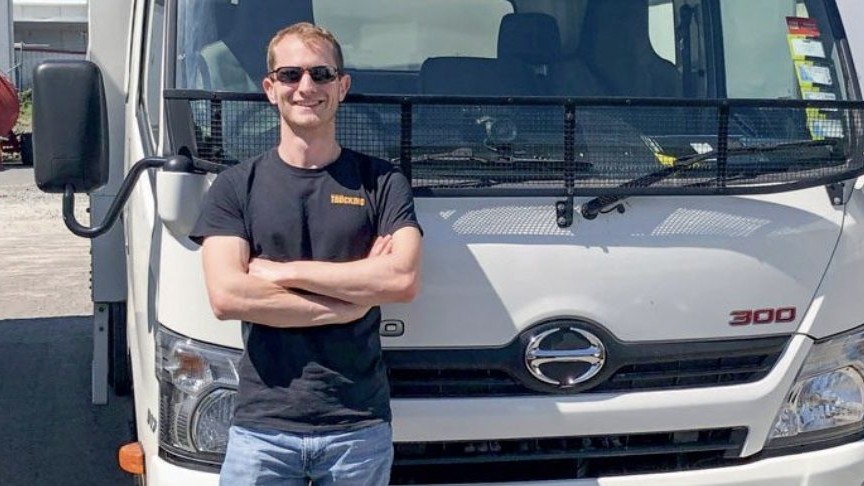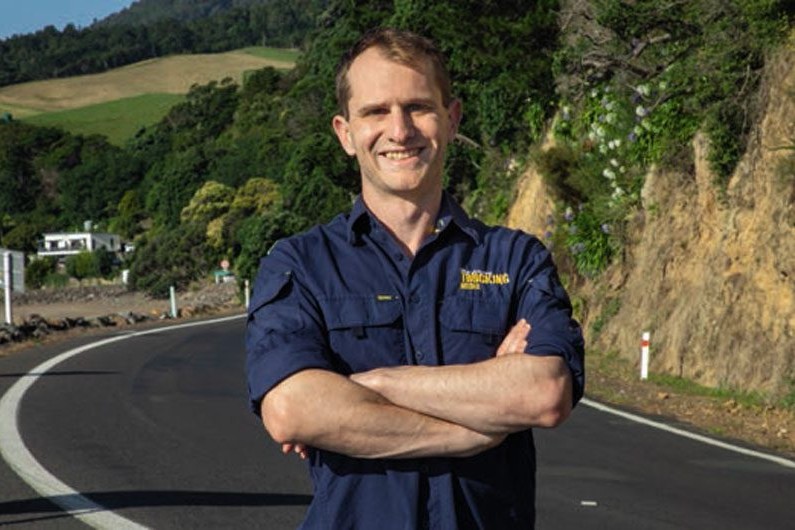
This week, Auckland Transport released its Transport Emissions Reduction Pathway (TERP) summary document, which discusses transport’s role in Auckland’s climate plan and how the city’s residents will need to change the way they approach travel. The city’s goal is to reduce transport emissions by 64% by 2030.
The plan states that transport is Auckland’s biggest source of ‘climate-changing pollution’ (in quotes because I’m not sure how that differs from normal pollution) and accounts for more than 40% of the city’s emissions. We’re told 86% of these transport emissions come from road transport.
It’s no surprise then that the TERP will require Aucklanders to commit to some pretty serious changes: 23% more public transport (using 75% more low-emission public transport vehicles), 17% more cycling and 7% more electric scooters, 22% more walking, 50% less distance travelled by car, 32% more light EV mileage, 45% less road freight emissions, and 50% less (each) aviation and shipping emissions.
Of course, it’s been done before in cities around the world and I don’t see any reason it couldn’t be done in Auckland. But will it? That’s a lot to get into place and to get people on board with in a relatively short amount of time. Even the document mentions there’s a lot of under-investment to make up for and, as I wrote in the editorial of 23 July 2021, the alternatives need to be more convenient, comfortable and appealing overall if people are going to hang up their car keys.
One of the biggest advantages could be a reduction in traffic congestion. The city is ranked as the 66th most congested in the world by the TomTom traffic index, high considering its relatively small population. Indeed, every time I cross the Bombays it’s a shock to the system… “Glad I don’t have to put up with that every day.” In an ideal world, reducing congestion will also mean improved efficiency and productivity for road freight.
Speaking of, the 45% reduction in road freight emissions is an interesting one. According to the TERP, to reach that goal there will need to be cleaner fuels, low-emissions zones, multi-modal logistics hubs and strategic freight routes. Auckland’s freight and logistics needs will do anything but decrease by the end of the decade, so there will likely be a resultant increase, a rather big one, in last-mile vehicles on the road. (Zero-emission, of course.) It’ll be interesting to see how it all comes together over the next seven or eight years.
All this is not to say that the TERP is yet another document filled with hopes and dreams. Nobody wants to live in a heavily polluted city where you can taste the smog in the air. A quick internet search shows Auckland doesn’t even make it onto the list of the world’s top 500 most polluted cities, which at least means it’s starting from a low base making the climate goals that bit more realistic.
But, as with everything else we seem to comment on, moving forward with due consideration of those that keep the place supplied with everything its residents need and desire can’t be stressed enough.
Take care out there,
Gavin Myers
Editor



